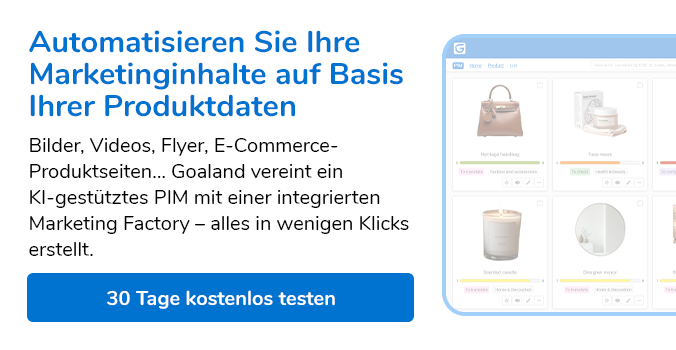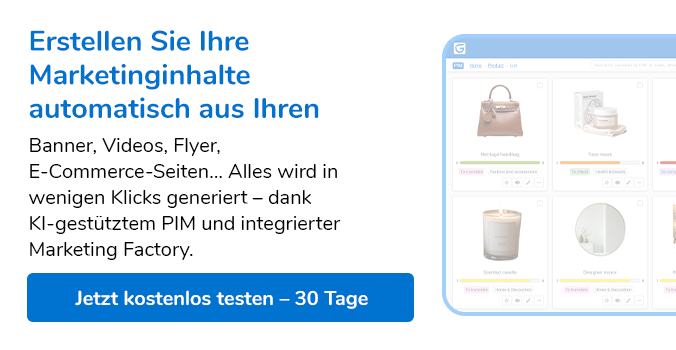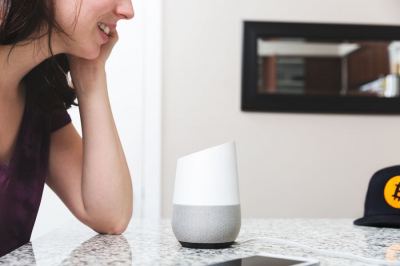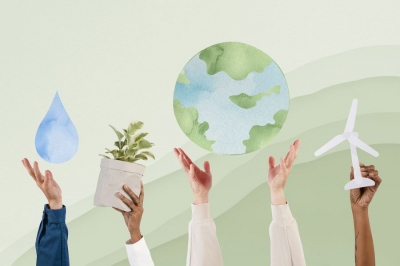Increased demand for customization, consideration of social and environmental concerns, new purchasing options, preferred payment methods… Shoppers are increasingly demanding and 63% of them1 believe that the best brands are those that exceed their expectations throughout the customer journey.
This means that businesses must carry out strategic watch and keep a sharp eye on what's happening in their industry. This watch is essential to enable them to respond to the specific needs of shoppers and to stand out from the competition.
Discover the 5 eCommerce trends to follow in 2022 to remain competitive.
#D2C or Direct to Consumer
The notion of Direct to Consumer (D2C or DTC) is gaining in popularity: the number of searches for this key word has reached 4.4K searches/month2 in the USA, compared to only 880 searches/month2 in 2017.
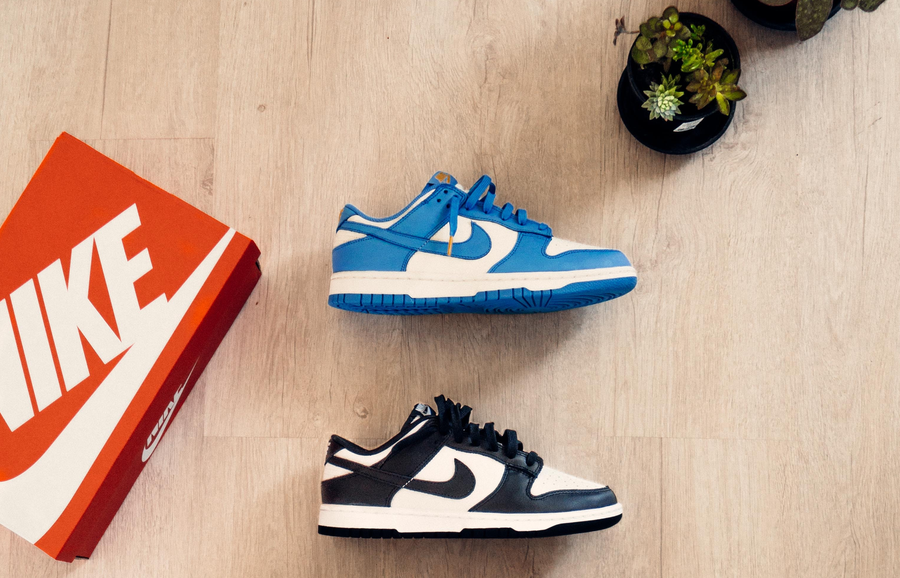
D2C is a marketing model3 enabling businesses to sell directly to the end customer. By removing any intermediaries (wholesalers, Marketplaces, distributors…), D2C businesses can control their brand image, better customize relations with their customers and reduce costs.
Many brands have chosen to use the D2C model to develop a customer approach that stands out. For example, Sézane4 has a production model without intermediaries and focuses on a high quality marketing strategy across social networks to generate engagement (1.3 million4 subscribers) and increase their sales.
Some leading brands are also moving towards this model. One of these is Nike5 who withdrew their products from Amazon at the end of 2019 and now work only with a small number of partners to create a more consistent and high quality brand image.
In the eCommerce industry, D2C is really taking off with two out of five Americans6 bypassing leading Marketplaces such as Amazon or Walmart to buy directly from their preferred brand or manufacturer.
#Sustainable products
Since the beginning of the Covid-19 crisis, shoppers have become more attentiveto the sustainability of products with 80% of them7 saying that this is an important criteria for them and 70%7 prepared to pay more for a brand that will last longer.
In response to this requirement, businesses are designing products using recyclable materials which can be reused, repaired, or remanufactured. For example, Back Market7 refurbishes electronics (smartphones, computers, game consoles…) to sell them at lower prices with a 12 month guarantee. This initiative generated 120 million dollars7 in revenue in the brand's first year of sales.
Refurbished products currently represent 6%7 of the world's tech and electronics market and this figure is expected to rise7 over the next few years.
#Live shopping
Since Covid-19 arrived, live shopping has increased in popularity with an increase of 76%8 on average in the proportion of shoppers buying through this method.
Live shopping involves a brand broadcasting live video sessions in which one or more influencers present a product. During these live shopping sessions, customers can interact with each other through the Chat function (customer feedback, comments, reactions…) and ask any questions about a product. They can also buy directly through a clickable link connected to the video with 49% of shoppers9 prepared to follow these links to buy a product.

For a business, these live shopping sessions are a fantastic sales opportunity with an average conversion rate 10 times higher10 than through eCommerce sites. Several leading platforms and social networks11 are already providing businesses with eCommerce features enabling them to set up live shopping sessions, among them are Instagram, Amazon and Facebook live.
#Buy Now Pay Later or BNPL
On an eCommerce site shoppers want to be able to choose between several different payment options. If they don't find the right option for them, they won't think twice about abandoning their cart. This happens for around 6% of shoppers12.
To lower this figure, it is important to provide shoppers with several different payment solutions and in particular Buy Now Pay Later or BNPL13 which allows shoppers to place an order and to pay for their purchase either 15, 30 or 90 days later.
From a shopper's viewpoint this option provides more flexibility and enables them to better manage their spending. For a business it is a competitive advantage and can increase the conversion rate of eCommerce sites by 20% to 30%14.
BNPL is the payment option of the future. Worldwide sales using the BNPL option reached 93 billion dollars15 in 2020 and are expected to reach 181 billion dollars15 in 2022.
#Data management
80% of shoppers16 are willing to share their personal data for use to improve customization.
This means that businesses have to manage and process this data intelligently to create value17 for their customers: solve a problem, anticipate a need, improve satisfaction… For example Amazon18 collects their users' data to suggest products that are better suited to their needs. Given the number of products available on the Amazon platform, the added value perceived by the customer is in the time saved searching for the ideal product.
Data management is therefore used to improve the customer experience and represents a true competitive advantage. According to the Forrester market-research company, this is « The key19 » to successful eCommerce.
To sum up, it is important for businesses to continually watch the latest trends and shifts in the industry: live shopping, data management, D2C, Buy Now Pay Later or BNPL… This strategic watch has become unavoidable in today's ultra-competitive environment.
1
Abramovich, G. A. (2017, January 28). Study : Majority Of People More Loyal To Brands That Care About Them. business.adobe.com.
2
Angulo, F. A. (2021, December 22). What Ecommerce Trends Will Define 2022? semrush.com.
3
Leroux, F. L., Favre-Nicolin, B. F., & Guibon, S. G. (2021, August 27). Le Direct-to-Consumer les enjeux d'un canal devenu incontournable.home.kpmg.
4
Landecy, C. L. (2021, December 6). D2C : qu'est-ce que le direct-to-consumer (ou vente directe) ? blog.hubspot.fr.
5
Dopson, E. D. (2021, April 8). DTC-First : Why More Brands are Using the Direct-to-Consumer Model. shopify.com.
6
Crolard, M. C. (2020, August 6). E-commerce circulaire : Adopter un nouveau modèle pour rester pertinent. blog.lengow.com.
7
Chevalier, S. C. (2021, November 22). Change in livestream purchases from before to during the COVID-19 pandemic in selected regions worldwide in 2021. statista.com.
8
Chevalier, S. C. (2021, October 22). Change in livestream purchases from before to during the COVID-19 pandemic in selected regions worldwide in 2021. statista.com.
9
Conversation, immersion et live shopping vont transformer le e-commerce en 2021. (2021, January 27). lefigaro.fr.
10
Live Shopping : Comment vendre en direct. (2021, October 27). oberlo.fr.
11
Matharel, L. M. (2021, May 31). Live shopping : voici les plateformes occidentales que peuvent utiliser les marques. lsa-conso.fr.
12
Charlton, G. C. (2019, June 4). Which Ecommerce Payment Options do Customers Want? salecycle.com.
13
Le paiement différé, arme redoutable pour convertir ses clients. (2021, July 5). ecommerce-nation.fr.
14
Reagan, C. R. (2021, December 25). Retailers bid farewell to layaway, as shoppers embrace buy now, pay later options. cnbc.com.
15
Boxell, J. B. (2021, September 15). How Old-Style Buy Now, Pay Later Became Trendy ‘BNPL'. bloomberg.com
16
Morgan, B. M. (2020, June 22). 50 Stats Showing Why Companies Need To Prioritize Consumer Privacy. forbes.com.
17
Brand Voice. (2021, July 15). Expérience client : personnaliser pour mieux régner dans le e-commerce. ecommercemag.fr.
18
Les enjeux de la data et de la personnalisation de l'expérience client. (2019, May 21). lemondeinformatique.fr.
19
Husson, T. H. (2021, November 23). Tendances Retail et eCommerce 2022. forrester.com.


